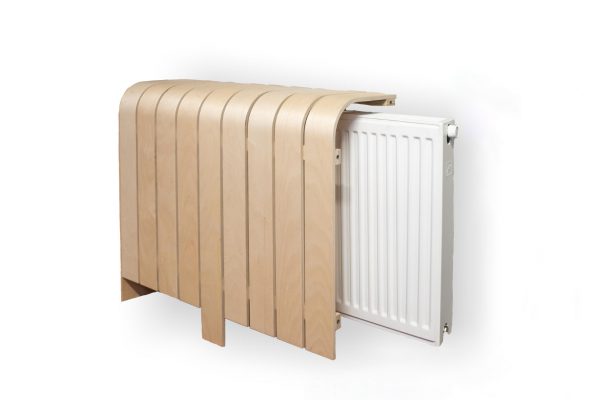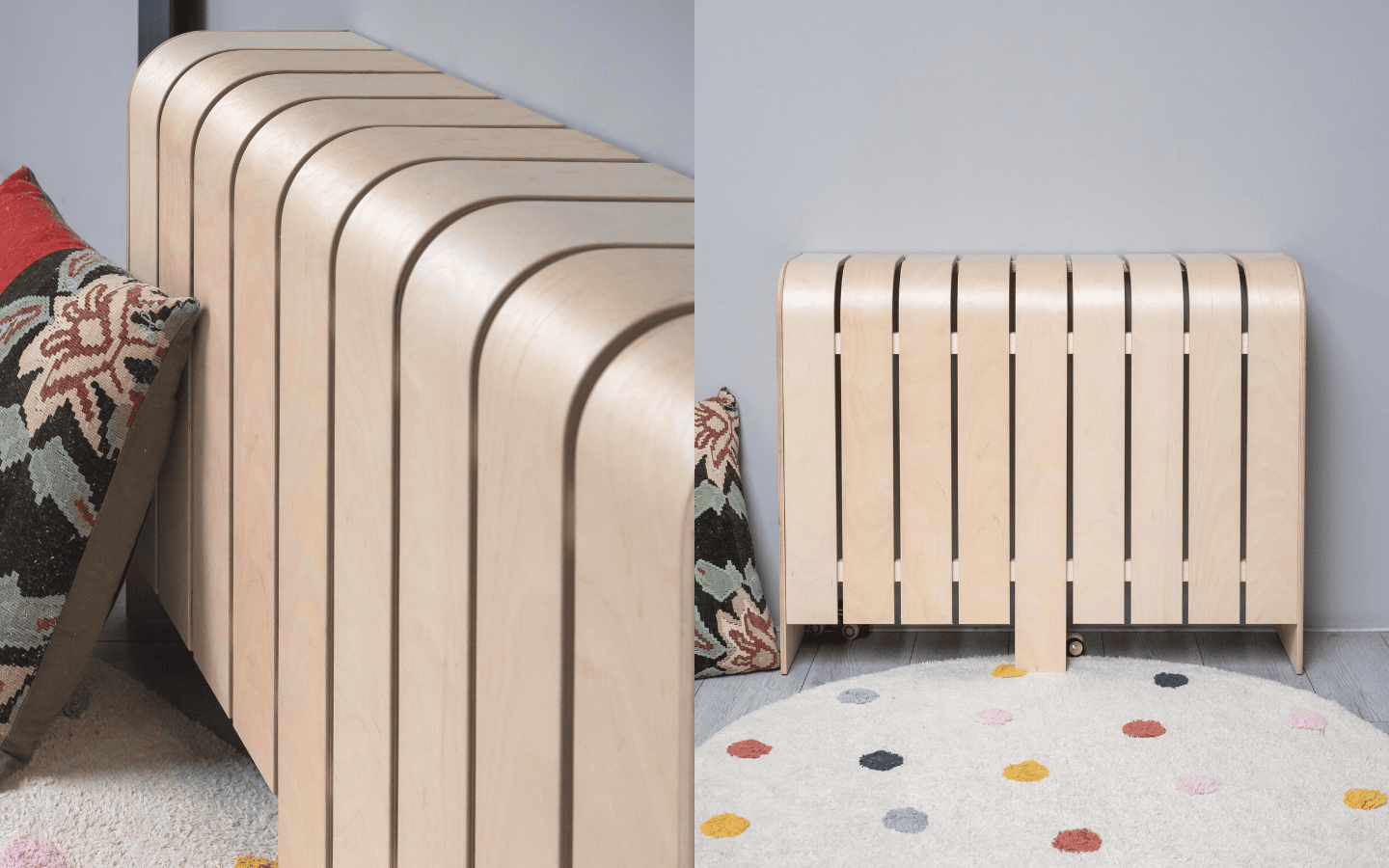Indicators on Radiator Covers You Should Know
Table of ContentsThe Ultimate Guide To Radiator CoversGet This Report about Radiator CoversRadiator Covers Fundamentals ExplainedGetting My Radiator Covers To WorkThe smart Trick of Radiator Covers That Nobody is DiscussingAn Unbiased View of Radiator Covers
Over at the Old House Web, Amy Hayden blogged about 5 Benefits to Utilizing Radiator Covers. This has begun a bit of a discussion: Are rad covers useful or do they waste power? Hayden created, "Radiators are a great resource of warm, however they additionally take up important square video ...They may be called radiators, but they must most likely be called convectors, since the bulk of the warm that we obtain from a standard rad is relocated by convection. In convection, air warmed up between the fins of the radiator climbs to the ceiling and is pressed around the area in a circle.
Radiator Covers Can Be Fun For Anyone
Hayden created, "Radiator covers with the correct support can distribute warmth much more effectively than an uncovered radiator. Instead of the warm going directly to the ceiling, the back allows it to be pressed right into the living space." Lloyd Alter It is true that radiators must have a proper reflective backing; I make use of foil-faced bubble wrap insulation; it shows a little of the radiated warmth that would have been soaked up by the wall back right into the space and the radiator.
Radiator covers can be useful in older buildings developed after the influenza epidemic of 1918 - radiator covers. After that, as is the instance now, wellness officials thought that fresh air was the means to prevent getting illness and that people ought to sleep with open windows. Dan Holohan composes in "The Lost Art of Heavy Steam Heating" that in New York City City, the Board of Health ordered that windows should stay open regularly, and the radiators were developed to maintain buildings warm on the chilliest day of the year with the home windows open
The Facts About Radiator Covers Uncovered
Some radiators, like copper finned contemporary rads, come with integral covers, commonly with dampers to readjust the convection; they, like heavy steam rads, need covers due to the fact that they are too warm to touch. However, for a typical cast iron rad that one locates in old residences, attached to a hydronic system, a cover isn't needed for security.
, Holohan kept in mind that some radiators can obtain alarmingly warm. He explained a suit where a child rolled off the bed and got stuck in between the radiator and the bed and suffered severe burns.
As a typical heating appliance, radiators are not there just to look quite but to maintain your home warm making use of natural convection. With more focus on interior style, these devices can verify unattractive and sidetrack from the rest of the thoroughly outlined aesthetics of an area. To line up a radiator to the style of the remainder of your space, you can cover one up though this does feature effects for the home heating.
A radiator cover is essentially a means of covering up a radiator to cover it from sight (radiator covers). Wood is taken into consideration the most usual material for a radiator cover as it merely looks Discover More better.
Radiator Covers for Beginners

Not only can they childproof the appliance and add an aesthetically pleasing design, however a radiator cover can also include added storage room, specifically in the washroom. With a flat surface, you must have the ability to keep soaps and scents to keep them within easy reach. By repurposing the room, the radiator cover can end up being a makeshift mantelpiece.
That is definitely the situation with radiator covers and they can restrict the efficiency of your central heating unit. By interrupting the circulation of cozy air and the natural convection, you can suffer warmth loss and reach for the thermostat when you truly should not have to. Properly, a radiator cover can cost you money by exceedingly investing on home heating you are not appreciating.
How Radiator Covers can Save You Time, Stress, and Money.
These include hemorrhaging the radiators, using reflective support, and preserving a space for the radiator. Many households need to be hemorrhaging their radiators at the very least yearly. The task assists to get rid of any kind of trapped air which can be protecting against the hot water from navigating the device. It additionally only takes a minute or so to hemorrhage a radiator and is a sure-fire way to improve its efficiency.
Radiators function by all-natural convection, as cool air sinks to browse around this site the base of the wall, it enters call with the radiator then warms up and rises as the air becomes less thick. The warm air efficiently heats up a room. If you were to put things next to the radiator, such as a sofa, or border one with a radiator cover, after that this would certainly interfere with the all-natural convection and you would certainly not be able to really feel the complete advantages of the heating.
Radiator covers might be an excellent option if you have kids running about and require a means of preventing them from burning themselves on the hot surface. While a cover should look good to conceal a radiator, any material that obstructs a heating appliance will minimize its effectiveness. To give a full style, the radiator cover need to discuss the valves, along with the heating unit and pipes.
10 Simple Techniques For Radiator Covers

Which my inquiry: exactly how do I go about identifying if my radiators should have covers? I have a friend that thinks the problem is straightforward: a cover traps the warmth, so removing the cover will permit the warmth to better enter the area and will make the radiator much more effective.
Which my inquiry: just how do I tackle figuring out if my radiators should have covers? I have a pal who believes the problem is straightforward: a cover traps the heat, so getting rid of the cover will permit the heat to far better go into the area and will make the radiator extra efficient.
And thats my question: how do I tackle identifying if my radiators should have covers? I have a good friend that thinks the problem is straightforward: a cover traps the warm, so getting rid of the cover will enable the warm to much better get in the space and will certainly make the radiator a lot more reliable.